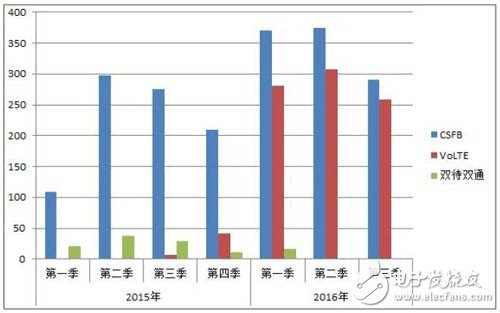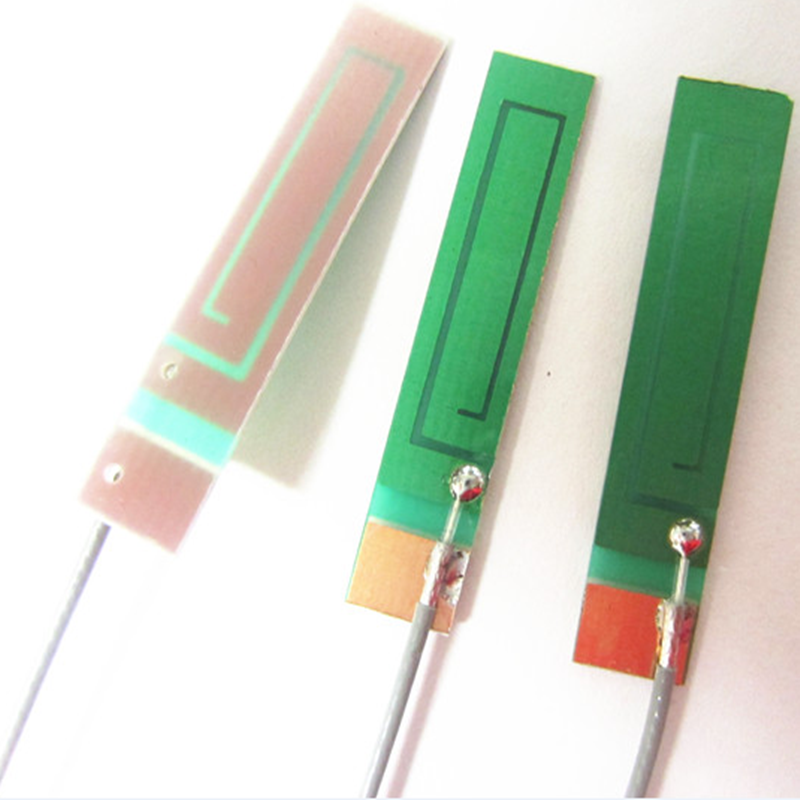Recently, a portal published an article stating that in the VoLTE network test, during the call, it is possible to access the Internet at the same time, but browsing the webpage is slow, and it is almost impossible to open the video. "It is like going back to the 3G era." The website said that the outside world has also been vocal about VoLTE, and it is considered to be the operator's chicken rib business.
It’s just that VoLTE is a commercial headache for “VoLTE service quality is worryingâ€, and the industry’s mouth says “VoLTE is not caused by market users’ demandâ€, and “10,000 slams†is unfair to operators?

Global operators will continue to commercialize
The website said that an industry insider pointed out that China Mobile pushed VoLTE because the 2G connection from 4G was too slow, and the cost of dual-network dual standby terminals was high, which led to the construction and maintenance of 2G\4G network cost, so it was forced to push VoLTE is not due to market user demand.
This view is debatable. First, not only China Mobile's one operator promotes VoLTE, China Unicom and China Telecom also regard VoLTE as an important network construction target. From a global perspective, GSMA data shows that as of 2016, there are more than 70 operators worldwide. The VoLTE network has been deployed, and in some countries, the carrier terminals and service ecology are relatively mature. These operators are not “only pushing VoLTEâ€.
Secondly, in the environment where mobile operators are committed to providing faster and faster Internet access rates and increasing network capacity, it is a general trend for 4G networks to replace 2G/3G networks. Craig Skinner, chief analyst of Ovum Consumer Services, pointed out that without VoLTE, operators would have to continue to invest in existing 2G/3G networks to support voice and SMS services. With the deployment of VoLTE, operators and users can enjoy the benefits of not only cost reduction, but also improved voice call quality, including the ability to add more calls in the future.
This shows that VoLTE itself is an effective means for operators to enhance their market competitiveness. At the same time, operators have faced the strong impact of OTT in recent years. Mobile Internet social tools such as WeChat have gradually replaced SMS functions, and even pose a serious threat to voice services. VoLTE can bring about a significant increase in voice quality, and with the gradual launch of services such as high-definition video calling, there will be a wide range of business needs and business innovations in the long run, which will be a unique weapon for operators to compete with OTT in the mobile Internet era. ", the meaning can not be said to be insignificant.
The terminal has already started. According to the report released by China Information and Communication Research Institute, in the third quarter of 2016, 330 mobile phone products were applied for in China, supporting 258 models of VoLTE solutions, accounting for 89% of models, up 86.8% year-on-year and 6.8% quarter-on-quarter. VoLTE gradually became the basic function configuration of 4G mobile phones, and the dual standby dual-pass solution gradually withdrew from the market.
As mobile phones and chips continue to mature, frequency resources continue to expand, deploying VoLTE can have higher call quality and achieve high-definition fidelity voice calls; with shorter access delays, delay perception from call to ringing only There are about 2s; at the same time, you can have more powerful network capacity. Ovum expects that most operators will launch VoLTE services in the next five years.
China's promotion of VoLTE is not a good kill
China Mobile is a pioneer in the commercialization of VoLTE services. According to data released by Li Yue, president of China Mobile, by the end of this year, China Mobile's VoLTE will cover more than 300 cities, develop 30 million users, and launch 100 million VoLTE/CA terminals, achieving a total of 330 million units.
The challenge of deploying VoLTE is not small. The reliance on IMS network, interaction with devices and other networks, end-to-end network integration and optimization, including the scale of VoLTE deployment, etc. should not be underestimated. In particular, operators who are the first to deploy VoLTE and commercialize, as the first technology early adopters to eat crabs, need to overcome and improve a series of technical deficiencies.
Taking China Mobile as an example, not only ZTE, Huawei and other equipment manufacturers have conducted extensive technical tests, but also launched a “100-day battle†on March 8 this year, which lasted for 100 days. All headquarters units, provincial companies, and partners. In order to improve the VoLTE operation and maintenance system construction, a total of VoLTE quality warfare has been carried out in the whole network, and a large number of VoLTE networks under construction in various provinces have been optimized. The data shows that during the “100-day battleâ€, China Mobile’s VoLTE account opening users increased by 50 times and achieved great success.
For mobile broadband networks, VoLTE is an indispensable technology for subsequent demonstrations. It not only provides operators with better quality voice services, but also based on IP technology, which can bring long-term cost reduction and new revenue sources. VoLTE voice is more real and natural, and the video is clearer and smoother. In the future, it can support 720P/1080P. Combined with the converged communication service, it can surpass most of the existing OTT applications at the experience level.
CraigSkinner pointed out that operators should not expect to make extra profits from the VoLTE business. However, the voice call quality provided by the VoLTE service is better than that of the existing OTT application. The subsequent combination of the ViLTE service and the RCS will help the operator to effectively compete with the OTT voice and message application, thereby improving user stickiness.
The author believes that for the operator China Mobile, the “100-day battle†is only a good start for VoLTE network optimization. Although the VoLTE network still has many shortcomings in the initial stage, the user experience is far from perfect, but the future prospects It can be expected. Network construction optimization is not easy, and it is cherished.
- The Description of PCB/FPC/Ceramic Antenna
Cellular /WiFi multi-band embedded flexible PCB antenna
It is equivalent to pulling out the antenna line on the PCB board and using other external metals to do the antenna. It is usually used in medium and low end mobile phones with complex frequency band and smart hardware products.
Advantages: suitable for almost all small electronic products, can do more than ten frequency band of complex antennas, good performance, low cost.
Disadvantages: need to be debugged separately for each product.
The Picture of PCB/FPC/Ceramic Antenna

pcb antenna,5g pcb antenna,lte pcb antenna,lte pcb antenna,2.4g pcb antenna
Yetnorson Antenna Co., Ltd. , https://www.yetnorson.com
